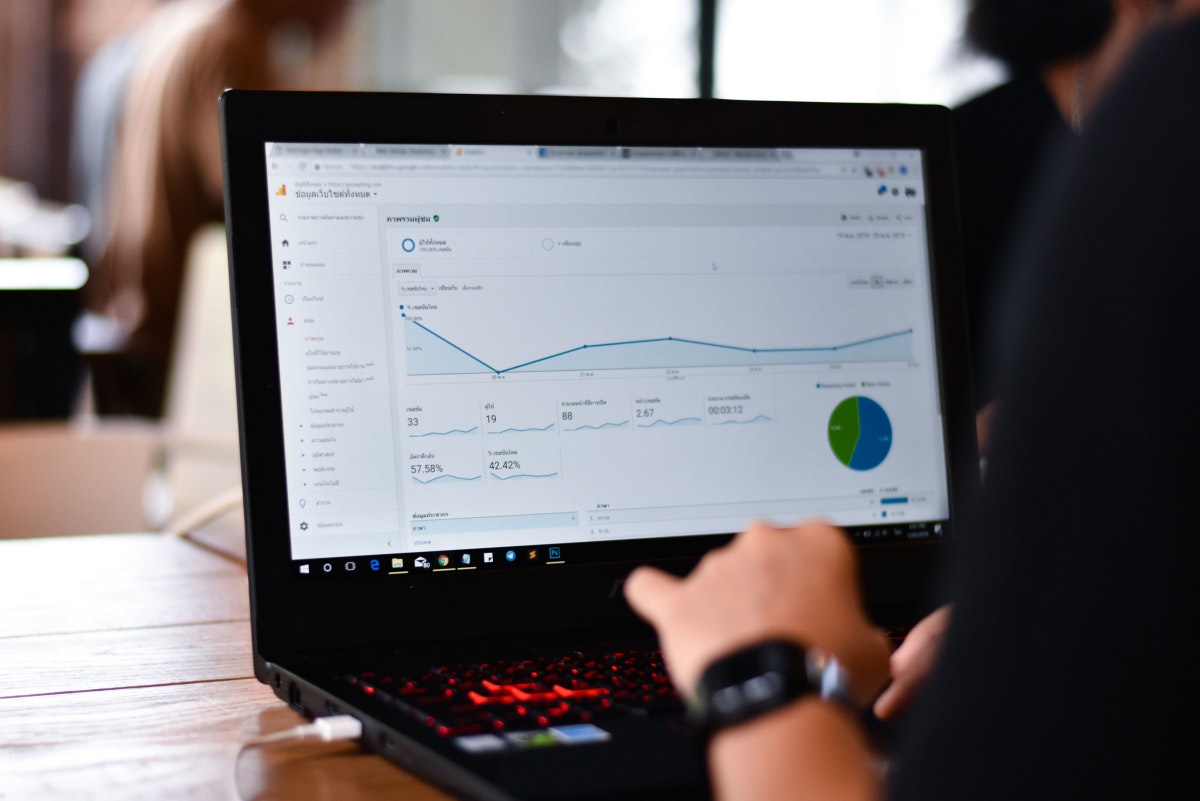Google’s mobile-first indexing: SEO experts should definitely pay attention to this
No time right now?
Google is gradually converting all websites to so-called mobile-first indexing (MFI). This can cause traffic to crash significantly. Website owners should avoid these mistakes.
Mobile search is a boon to Google in many ways. Above all, it is a second way of displaying ads. The California search giant still makes over 80 percent of its sales with ads. Since almost 60 percent of people now own a smartphone, more and more Internet users are also looking for mobile devices. In more and more countries, over 50 percent of all internet searches are mobile searches. Google’s economic success crucially depends on the quality of its search results. In order to keep them up during the transition from desktop to smartphone, Google has been promoting so-called Mobile-First-Indexing (MFI) for many years.
For the first time, Google announced MFI 2016 with relatively rough recommendations and an unclear timeline. In May 2019, Google announced that the search engine would automatically index all new pages by MFI from the following month. In March 2020, the big announcement came that Google will switch all pages to MFI from September. In July it was said that the changeover had been postponed to March 2021. The reason: The companies need more time because of the corona crisis.
The two pharmacy online shops Walgreens and CVS have had about the same amount of traffic so far, as the data from Similar Web shows – measured over the last twelve months in September 2020 (Figure: Similar Web)
Mobile-first indexing means that Google rates the mobile version of a website for organic rankings. It stays with an index for websites and apps. Occasionally, Google continues to crawl with the Desktop User Agent to identify any differences between the two versions. Although Google already switched 70 percent of all indexed pages to MFIs in 2019, this move has not yet been completed. Webmasters themselves can do relatively little. According to Google, a page will be moved when it is “ready”. Since the search engine evaluates pages when switching to MFI on the basis of their mobile version, this can result in a significant drop in traffic – if the website operator makes certain mistakes.
For example, if pages have a separate subdomain for the mobile version (m.domain.com), website operators should make sure that the system outputs both pages to the same extent – i.e. with the same metadata and the same content as images or links. Google strongly recommends thisto build mobile sites with responsive design. Even if the content (including headings and images) and the structured markups differ between the mobile and desktop version, Google distributes negative points. Missing internal links in the mobile version or a bad UX with long loading times, bad core web vitals, elements and fonts that are too small or elements that are too close together also ensure that Google penalizes a website when converting to MFI.


